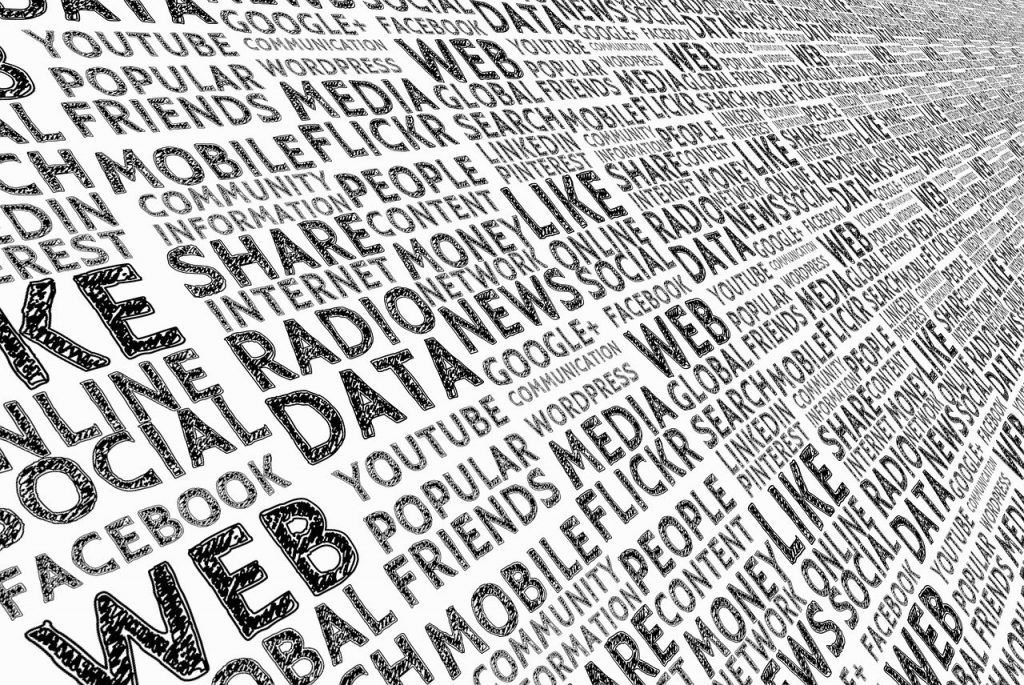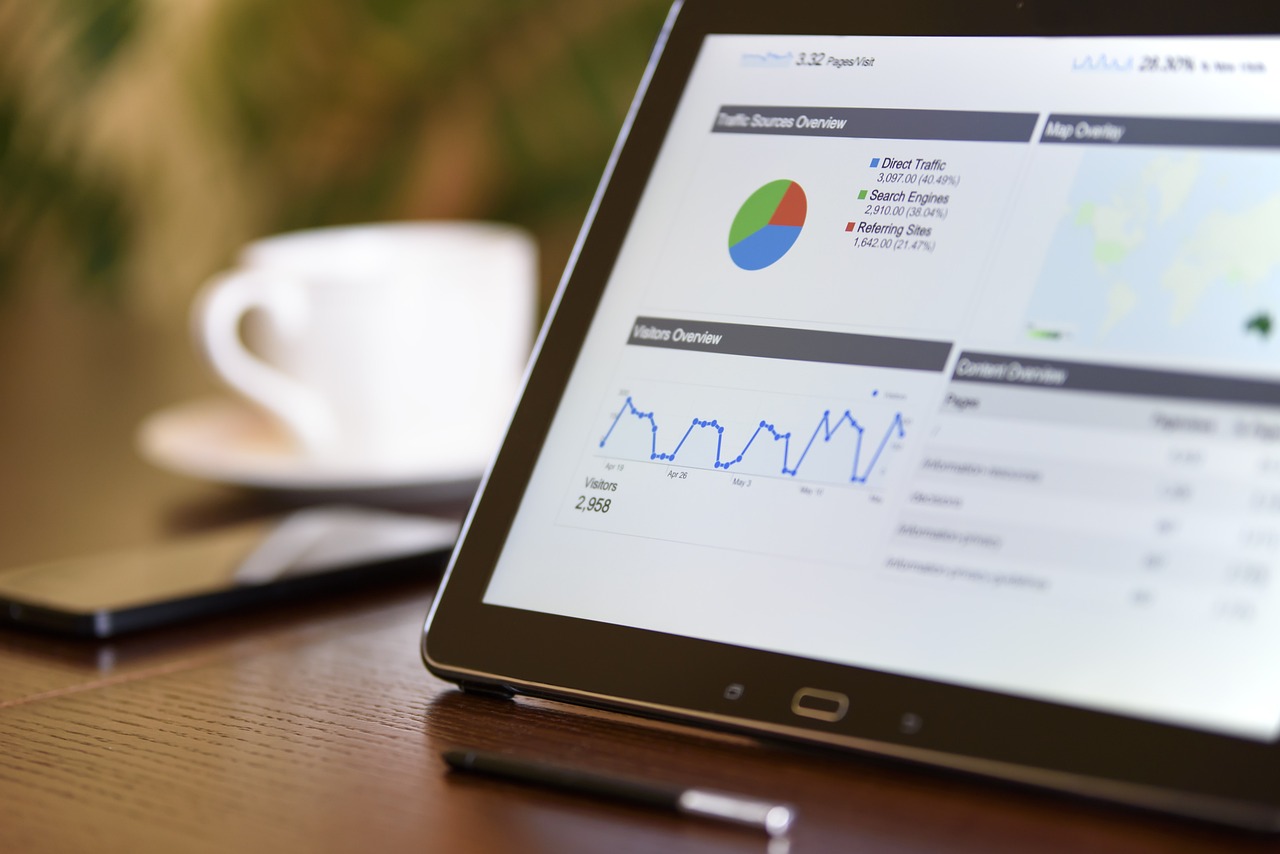Connecting data, customers, and performance is the key to success in today’s data-driven world. You can gain insights into your customers’ behaviors, preferences, and needs and optimize your marketing campaigns to drive better results.
Data can be a powerful tool in any organization, and having the right insights available at the right time is essential for making the best decisions. But it’s not just about gathering information; it’s also about using that data to make meaningful connections that empower your team and help boost performance. This blog post will dive deeper into how leveraging customer segmentation and analytics can drive better outcomes by connecting data, customers, and performance. Read on to discover how harnessing your company’s full potential through informed decision-making can lead you closer to achieving goals faster. In this blog post, I will explore how to connect data, customers, and performance to drive business success and provide some tips for business owners to get started.
Collect and Analyze Data
The first step to connecting data, customers, and performance is to collect and analyze data. Data can provide valuable insights into your customer’s behaviors and preferences and the effectiveness of your marketing campaigns. By tracking key metrics such as website traffic, engagement, and conversion rates, you can identify areas for improvement and make data-driven decisions.
To get started, consider investing in a web analytics tool to track user behavior across all touchpoints, including your website, social media, and email campaigns. Once you have this data, use visualization tools such as dashboards and reports to analyze it and identify trends and patterns.

Understand Your Customers
The second step is to understand your customers. Who are they? What are their needs and preferences? What motivates them to make a purchase? By answering these questions, you can tailor your marketing campaigns to meet their needs and tastes better.
Consider conducting market research, surveys, and focus groups to understand your customers. Use the data you collect to create customer personas representing your target audience. These personas should include demographic information, pain points, and goals, as well as their preferred channels and touchpoints.
Optimize Performance
The final step is to optimize your performance. Once you have collected data and understand your customers, you can optimize your marketing campaigns to drive better results. This could involve testing different messaging, channels, and touchpoints and using automation and personalization to improve the customer experience.
To optimize your performance, consider using A/B testing to test different variations of your marketing campaigns. Use the data you collect to make informed decisions about the most effective variations and iterate and refine your campaigns over time.
In conclusion, connecting data, customers, and performance is critical to business success. By collecting and analyzing data, understanding your customers, and optimizing your marketing campaigns, you can gain valuable insights into your customer’s behaviors and preferences and improve your ROI. As a business owner, consider investing in tools and resources to help collect and analyze data, conduct market research and optimize your marketing campaigns. Doing so can drive better results and achieve your business goals.




